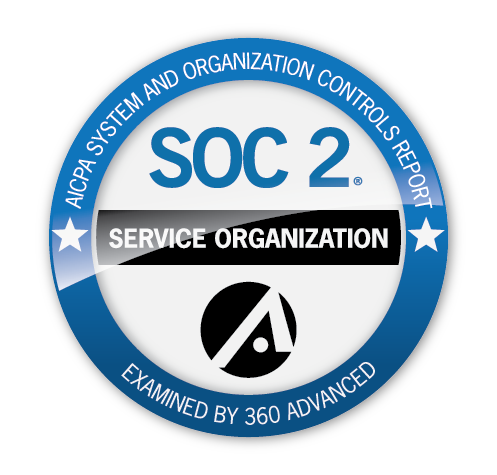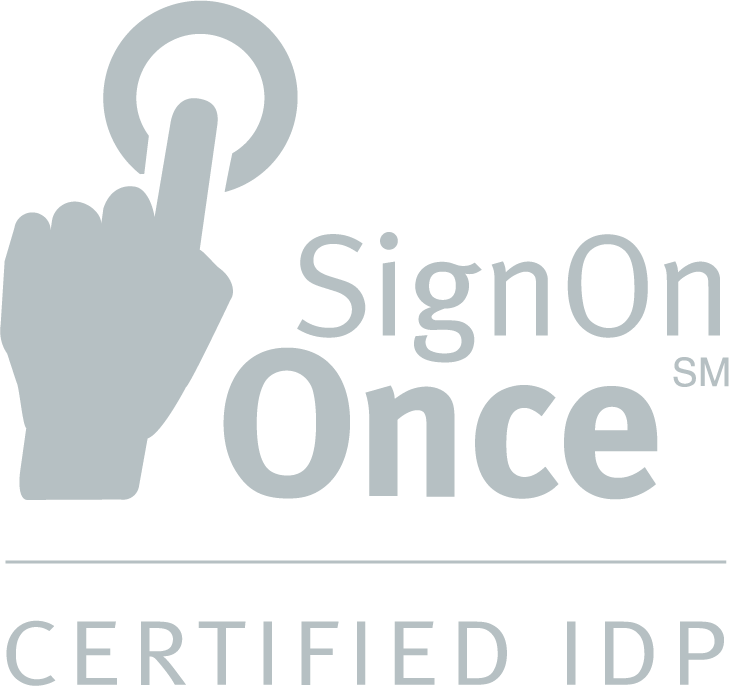Data has always been plentiful in the insurance industry. But if you’re like the majority of independent agencies, you might not be taking full advantage of this valuable resource.
A survey conducted by West Monroe partners revealed that, although agencies recognize the potential value of data insights, only 11% felt that their organization was fully utilizing the power of analytics. Those who did, cited great benefits like better customer experience and increased sales.
Without an easy ability to visualize the data you need, setting yourself up for successful growth can be a guessing game, and it can be hard to justify critical business decisions that need to be made.
For example, in the independent insurance industry, many agencies have trouble identifying just how much work their employees will be able to handle, especially during high work volume periods. This can make knowing when to hire a daunting process, and can introduce some big challenges when it comes to correctly staffing for seasonality.
Without any insights into the work and tasks that employees have completed, you can’t tell if one employee is doing more than their share of work, or if their workload will become more than they can handle during a busy season.
So how do you prepare yourself to go confidently into the future, knowing that you’ve optimized your business in a way that you can justify with data?
This is where historical trend analysis comes in. Looking into data from the past is one of the strongest and most valid ways to set up your agency for future success.
Being able to visualize historical trends makes it much easier to answer important questions. It also helps to keep your agency operating at peak efficiency, because you’re able to see what’s taken place in the past and predict the likelihood of workloads in the future.
Insight into your employee’s past workloads makes it easy to see if you need to start the hiring process, if the amount of work coming in is likely to hit a critical point in the coming year. This way, you can prepare and identify any staffing changes that need to happen due to seasonality and helps you optimize your workforce.
It also allows you to identify any bottlenecks that regularly happen in your critical processes, and make any adjustments you need to keep everyone operating at peak efficiency so that you and your employees can focus on the work that matters.


